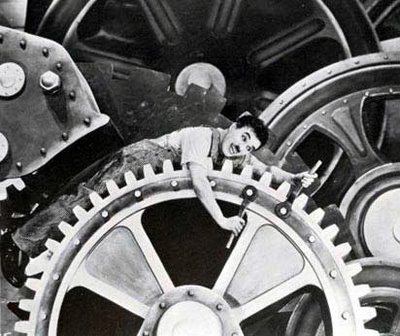The MIT Technology Review has republished a piece of “Machinery and Unemployment,” Dugald C. Jackson’s 1933 article for that publication about workers displaced by technical progress. What was true then–new opportunities would replace those that vanished–may not be so now. And certainly Jackson’s remedy (businesses purposely not use machines to preserve some jobs) is completely at odds with this age. An excerpt:
In the United States, a highly mechanized nation, the proportion of the population ten years of age and older in gainful occupations has varied only six or seven per cent from its average figure during the 50 years from 1880 to 1930. Nevertheless, during the same time a large change occurred in the percentages employed in different occupations. The numbers of individuals gainfully occupied in trade, transportation, and clerical work expanded tremendously. Similar shifts have occurred in western Europe.
Employees of the more advanced ages and least mental skill are likely to be permanently displaced by such shifts. The uneducated and meager-minded man who is destitute is a continuing cost-burden to society; and it is a poor order of intellect which can look upon the poorhouse as a desirable haven for old age.
The only civilized cure is to prevent these changes from causing destitution. This may be done by placing responsibility on those commercial, industrial, or other profit-making activities favorably affected by the changes. Replacement of man-hours by machine-hours should be restrained unless the replacement enlarges net earnings sufficiently to provide a reasonable contribution for reestablishing the displaced employees’ status of living. Applying these principles would introduce a restraint upon the improper or socially unprofitable introduction of machinery.”•
Tags: Dugald C. Jackson

